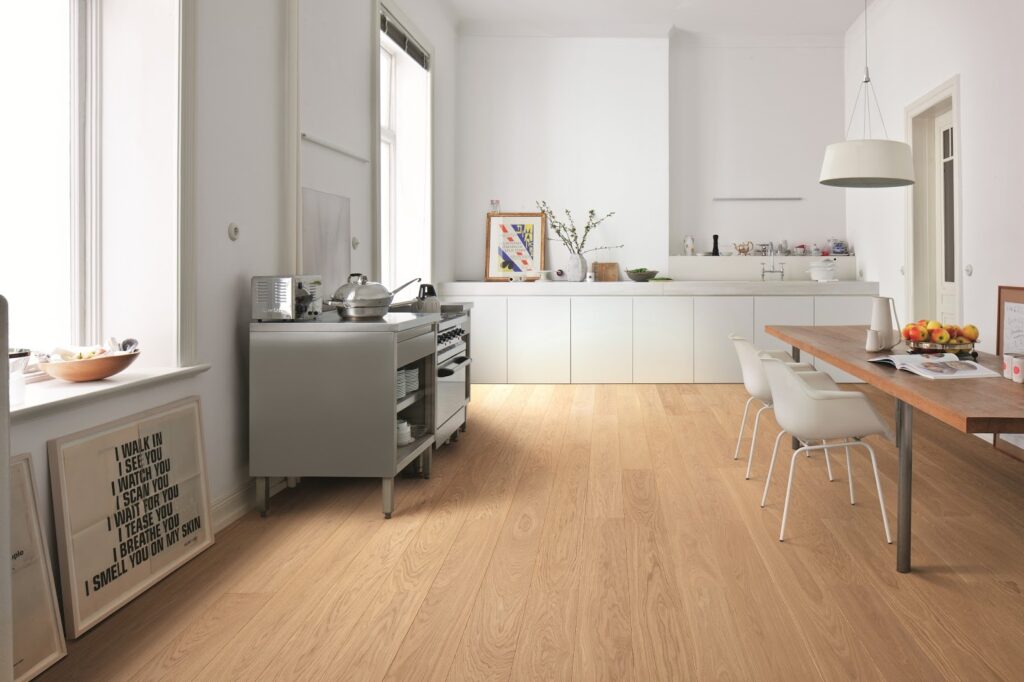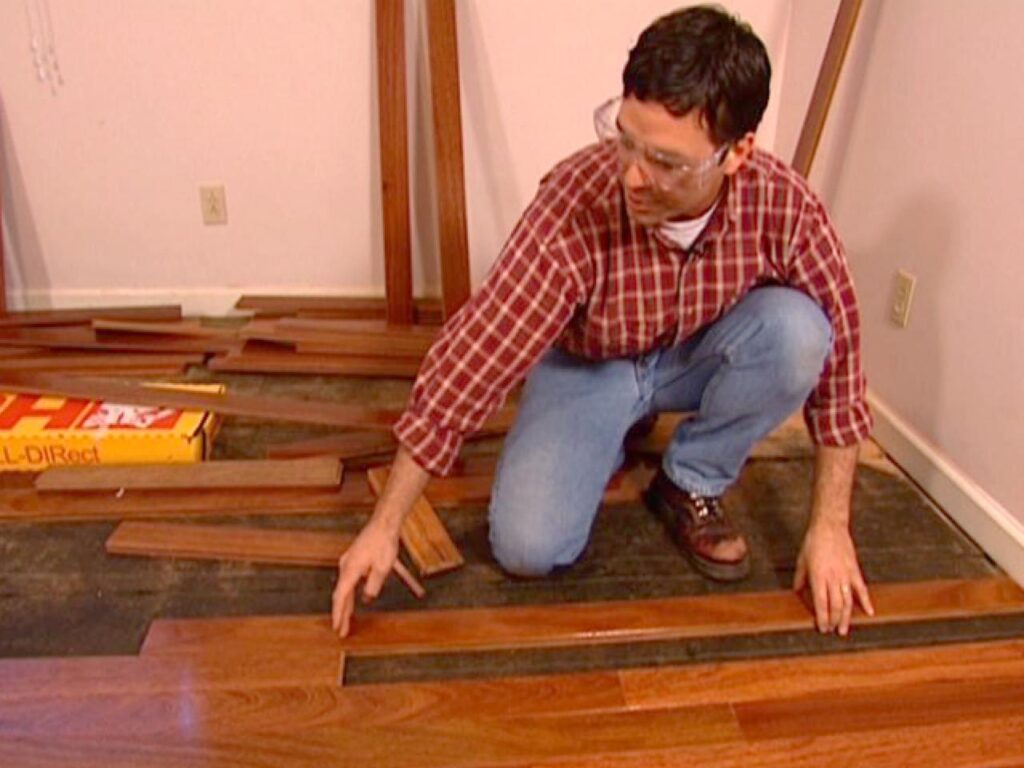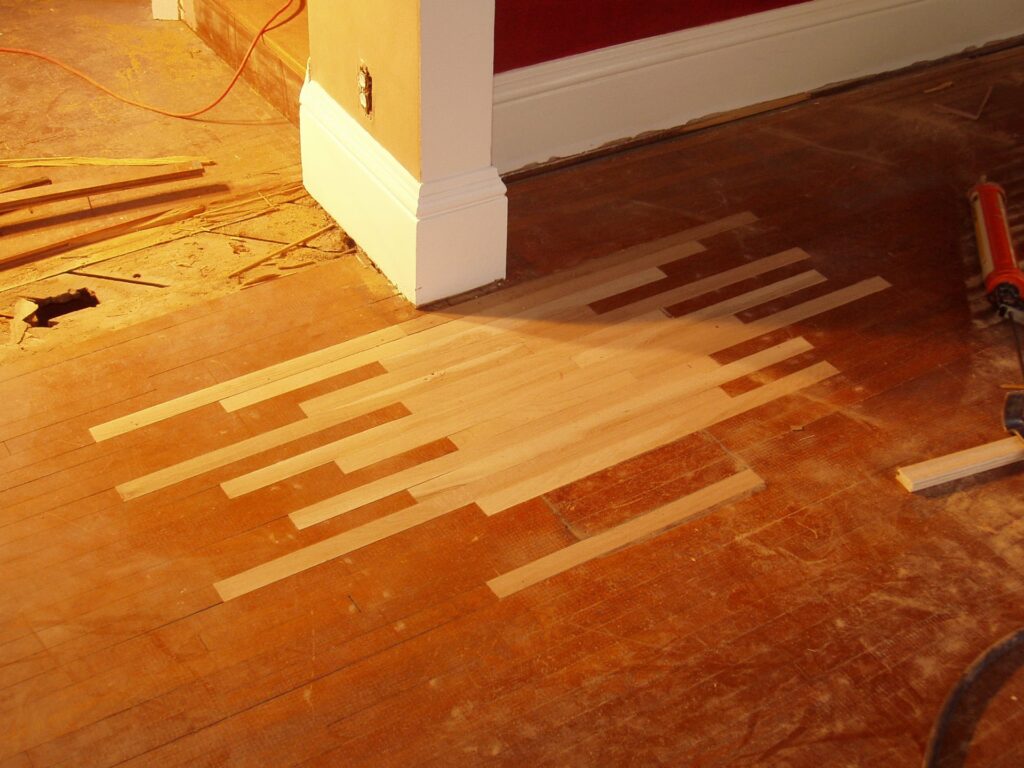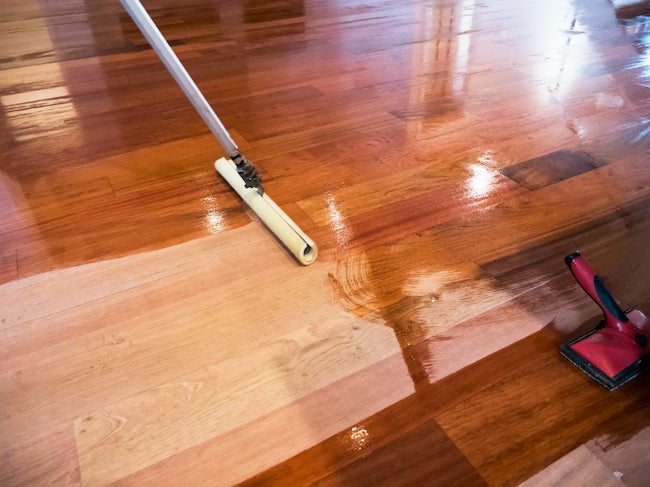
Choosing The Right Wood Flooring For Your Application
In the hardwood flooring universe, there exist a multitude of different options for wood floors. Different types of wood and different finishes will allow the finished floor to have the desired results for the specific application. When choosing a hardwood floor, it is crucial to factor in how much traffic your floor will receive. Commercial projects with high-traffic floors are completely different from low-traffic residential floors. Some floors are simply not suited for a lot of foot traffic and are susceptible to scratches, dents, and blemishes. This article will discuss the differences between high-traffic and low-traffic floors, as well as standards and trends in commercial vs. residential wood flooring.
When a customer calls or visits our showroom looking for hardwood flooring, the first question we ask them is whether their project is commercial or residential. Having that one bit of information allows us to narrow the search, and eliminate about 50% of our product line. We explain to them that some floors are just not adequate for commercial settings, and we cannot ethically make a recommendation (or a sale) without knowing this information.
Different species of wood have different properties, and some species are much harder than others. They are rated on a Janka Scale, which measures how hardwood is, and the higher the number, the harder the wood. White Oak, one of the most popular hardwoods used for flooring has a rating of XXXX. On the other hand, walnut (a very beautiful species) is softer, with a rating of XXXX. It is important to understand these differences when deciding the optimal wood floor type to choose. Straight-grain planks, such as rift- or quarter-sawn material will generally hold up better over time as well.
For a residential application, just about any species will be fine. With light traffic, even softer woods will hold up fine, with proper maintenance, and refinishing every 5 – 7 years as needed. For a commercial setting, only the hardest species are recommended, and refinishing should be done every 2 – 3 years as needed. Most exotic species such as Brazilian Cherry, Brazilian Walnut, Wenge, etc. are suitable for commercial use, as well as strand-woven bamboo. Out of the domestic species, Oaks, Maples, and Ash are usually fine for heavy traffic. Be sure to consult with a flooring specialist to be sure which types of wood are preferred for your setting.
Recently, flooring manufacturers have developed a new technology called Acrylic Impregnated material, which has shown to be extremely effective for high-traffic commercial settings. These products (usually engineered, and always prefinished) are made by taking acrylic resins and injecting them into the wood. They will make the wood much more hard and more durable by filling in any air holes and other spaces. The result is a floor that is much harder to dent or damage.
Since commercial floors will have to be refinished more often than residential ones, it is recommended to use either a solid wood floor, which can be sanded up to 4-5 times, or an engineered floor with a thick wear layer (minimum 4mm). Laminate flooring can never be refinished, so once it’s damaged it needs to be completely replaced. Therefore, laminates are never recommended for commercial projects.
Another crucial aspect to consider carefully is the type of finish your wood floor will have. The purpose of a floor finish is to seal the wood from moisture and protect it from scratches and blemishes (as well as give the desired appearance). However, different finishes perform differently. The vast majority of wood flooring is bought unfinished and finished on-site using a polyurethane finish. The standard has been using a sealer and 2-3 coats of an oil-based, or moisture-cured polyurethane. These finishes are extremely durable, as they provide a protective clear plastic coating layer on top of the wood which is resistant to dents and scratches. For example, Fabulon has been manufacturing an oil-based poly for XXX years, which has become the industry standard and gained popularity as a bowling alley finish (those lanes take a beating and remain in perfect condition). The problem with oil-based polyurethanes is that they release a lot of VOCs (volatile organic compounds) when applied, which harm the environment, they are difficult to apply and have a strong, toxic odor in some cases.
Over the years, polyurethane finishes have evolved to create a safer and more environmentally friendly product. Today’s water-based polys are much “greener” than their oil-based counterparts and are almost as hard and durable. However, they are not quite as hard and require 1-2 extra coats. You should consult with the manufacturer of any floor finish and make sure it is suitable for the amount of traffic you expect. Products like Bona’s Traffic and Basic Coatings’ StreetShoe have proven extremely reliable over the years.
Other types of finishes, such as oil or wax are usually recommended more for residential projects, as they are far less durable than polyurethane.
With low-traffic, residential flooring, many more finish options are available. There is a lot of design work, with custom stains, various exotic finishes, multi-color planks, etc. This is usually not done with any high-traffic floor, since these custom finishes are more susceptible to damage and much harder to maintain and refinish. With commercial floors, you rarely see anything except common colors or natural wood.
Choosing the correct type of wood flooring for your application will reduce maintenance costs over the life of the floor, and ensure that your flooring will keep the desired look for many years. Be sure to speak with a flooring professional about all the options available to you, and take your time choosing the best one. Remember, in many cases, additional up-front costs will save a lot of trouble and expense over the life of your floor.
Prefinished Hardwood Flooring
Why are Prefinished Hardwood Floors Superior to Unfinished wood floors?
When choosing a hardwood floor, there is a host of different options to consider. When you have decided on a prefinished wood floor, whether solid or engineered timber flooring, your job is not yet done. Within prefinished flooring, there remain several important decisions to make. Different finishes vary both aesthetically and structurally. The way your floor will look once it is installed will be based on the decisions you make as far as surface, gloss, and type of finish.
To begin, let’s discuss the recent trend of purchasing prefinished flooring.
If using an oil-based polyurethane finish, which is the most popular finish type, you will need to use 1 coat of sealer and at least 2 coats of poly, and sanding or screening in between each coat. You have to deal with the smell of the finish, the dust from the sanding, and the dry times, which can be up to 24 hours for each coat. A factory-finished floor eliminates all these nuisances and gives you peace of mind that what you see is what you get, and your floor will not depend on an installer’s temperament on the installation day.
First, machinery and automation allow companies to create finishes and colors which would be near impossible to do by hand on-site. This is why the selection of color options can be nearly overwhelming. Your floor can be prefinished with just about any color you can imagine, including the natural color of the wood, multiple colors, or a cerused look. Nowadays you can easily request custom colors from many factories, so the possibilities are endless. This will allow you to perfectly match and style the décor of your furnishings.



